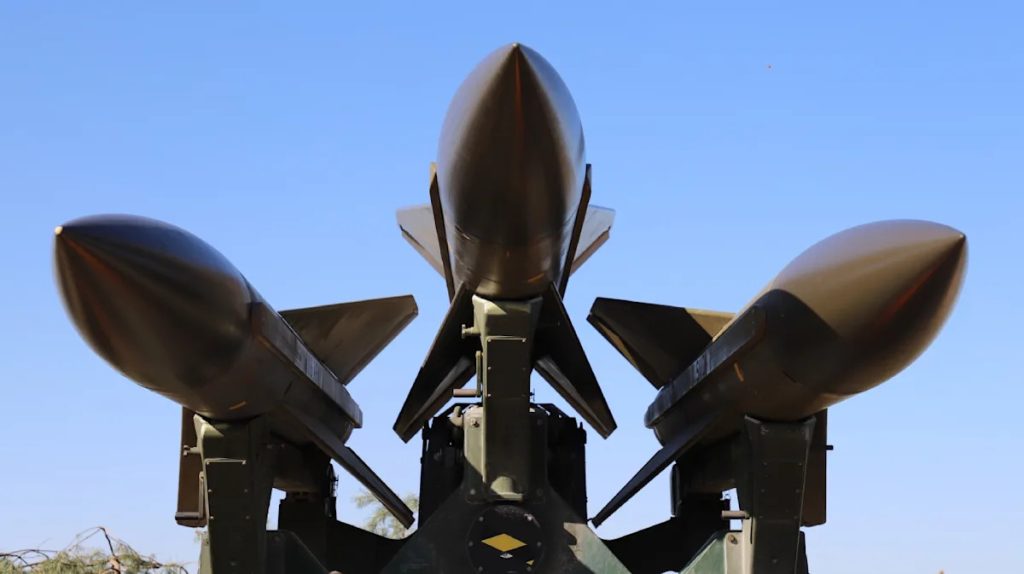The Night of Fury: Russia’s Drone and Missile Assault on Ukraine
On the night of August 29-30, a significant escalation in hostilities occurred between Russia and Ukraine as the former launched an unprecedented array of aerial attacks involving 582 drones and missiles. This multi-faceted assault not only tested the resilience of Ukrainian air defenses but also put the safety of civilians at risk, prompting a renewed call for vigilance and preparedness.
The Scale of the Attack
The Russian military initiated the assault around 19:00 local time, deploying a staggering combination of aerial assets from various strategic locations. Among the armaments utilized were:
- 537 Shahed-type attack drones and an assortment of decoy drones launched from regions like Kursk, Bryansk, and Millerovo.
- 8 Iskander-M/KN-23 ballistic missiles originating from the Rostov Oblast and Krasnodar Krai.
- A total of 37 cruise missiles including Kh-101, Kalibr, Iskander-K, and Kh-59, which were launched from sites in Saratov Oblast, the Black Sea, and occupied Zaporizhzhia.
The scale of this attack marked one of the largest coordinated strikes since the onset of the conflict, showcasing the intensity and determination of Russian forces to inflict damage.
Ukrainian Response and Defense Efforts
In the face of such a daunting assault, the Ukrainian Air Force demonstrated remarkable efficacy, managing to intercept and neutralize 548 aerial threats. Early reports highlighted:
- The successful downing of 510 Shahed-type drones and decoy devices.
- The interception of 6 Iskander missiles, confirming the effectiveness of Ukrainian air defenses.
- An additional 32 cruise missiles were brought down by the military, further indicative of the strategic countermeasures in place.
While the defense forces showed commendable performance, actual strikes were confirmed in various locations, illustrating that despite the high interception rate, some munitions breached defenses. Specifically, five missiles and 24 drones successfully struck predetermined targets, and debris from these aerial confrontations scattered across 21 locations.
Ongoing Threats and Civilian Safety
As the early morning hours progressed, the Ukrainian Air Force continued to report ongoing threats, warning that several Russian drones remained active within Ukrainian airspace. Authorities urged civilians to adhere to established safety protocols, emphasizing the importance of remaining in shelters during this high-alert period. The clear directive to citizens showcases the persistent danger and the need for preparedness in the face of continued aerial threats.
Impact on Civilian Infrastructure
The aftermath of the attack was grim, with significant damage reported in multiple civilian areas, including cities like Zaporizhzhia and Dnipro. Infrastructure was not just impacted; casualties were recorded, underscoring the tragic reality of warfare that extends beyond the battlefield to affect innocent lives profoundly. These incidents serve as sobering reminders of the cost of conflict on human lives and the essential structures that support communities.
Historical Context of Aerial Warfare
This wave of assaults is the most considerable aerial attack since the full-scale invasion, resembling prior high-intensity engagements such as the attack of July 8-9, when 741 aerial assets were launched, resulting in the downing of 718 threats. The pattern reflects an ongoing strategy by Russia to deploy extensive aerial campaigns that pose formidable challenges to Ukrainian defenses and have profound humanitarian implications.
The Role of International Response
In light of these increasingly aggressive tactics, the situation has drawn attention from the international community, with calls for heightened support for Ukraine. The need for advanced military resources and technologies to bolster defense capabilities is more pressing than ever. Advocacy for humanitarian aid continues as the conflict persists, with organizations and governments urged to rally support for those affected by the ongoing hostilities.
Each report and every piece of intelligence helps to paint a clearer picture of the ongoing conflict and emphasizes the necessity for continuous monitoring and intervention to protect civilians and assist in defense efforts.
Staying Informed
As developments unfold, staying informed is crucial. Support from international allies, financial aid, and humanitarian assistance plays a vital role in empowering Ukraine to navigate these challenging times while maintaining resilience against aggression. The ongoing situation is a stark reminder of the necessity of diplomacy and strategic intervention in conflict resolution.
For those wanting to stay updated or contribute to humanitarian efforts, platforms like Patreon offer avenues to support organizations like Ukrainska Pravda in delivering timely news and operational support to those in need.
In the face of adversity, the resilience of people on the ground remains paramount, and as the conflict evolves, so too does the collective responsibility to understand, support, and advocate for peace and stability in the region.

